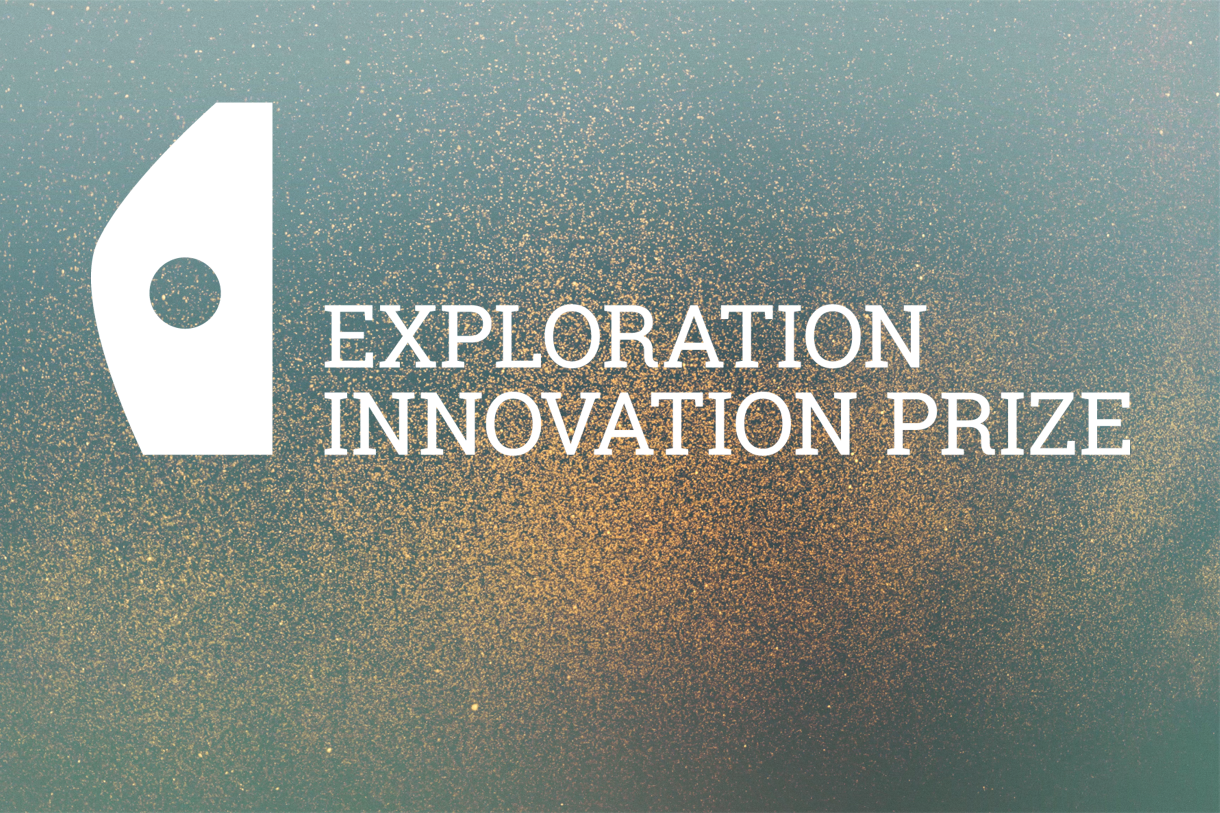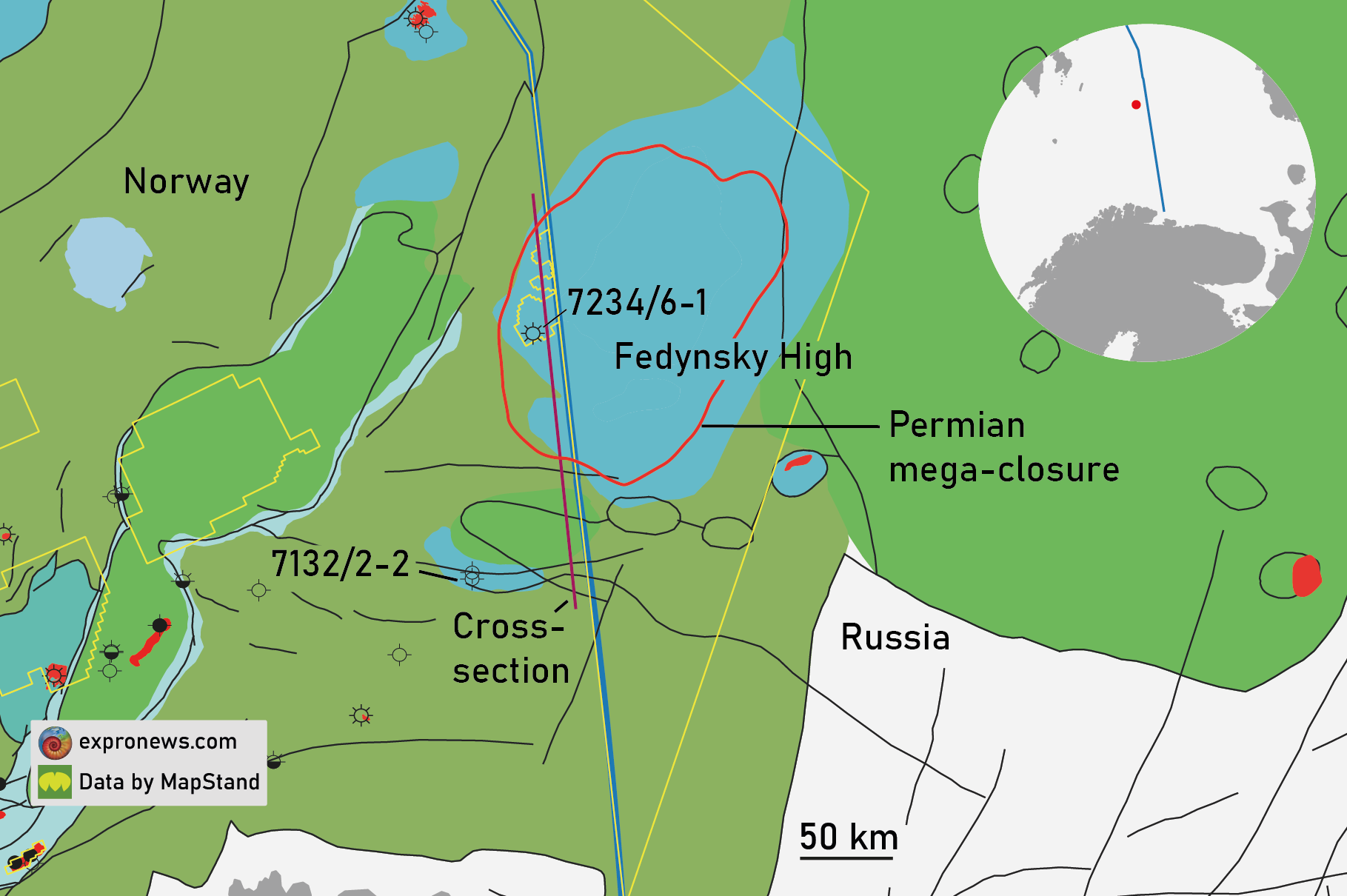The prize is awarded each year at the NCS Exploration Conference, and every other year – in connection with the theme of the conference being Recent Advances in Exploration Technology – it goes to significant technological improvements or breakthroughs.
The prize is awarded to a licence group, company, or team who during the last two years have given a courageous and innovative technological contribution towards hydrocarbon exploration on the Norwegian continental shelf. The recipient has matured an exploration technology with high potential leading to increased G&G knowledge or future commercial oil & gas discoveries.
The jury, consisting of the members of the program committee for this year’s conference (Jørgen Håstø Borgenvik (Petrolia), Aina Juell Bugge (Lundin Energy Norway), Petter Dischington (Norwegian Petroleum Directorate), Yuriy Ivanov (Aker BP), Henk Kombrink (geoexpro.com), Åshild Danielsen Kvamme (Equinor) and Thomas Harris Uist (Vår Energi), as well as Torgeir Stordal (Director Technology and Coexistence at Norwegian Petroleum Directorate) have selected these three finalists:
- Axxis/Aker BP for the North Sea OBN project seismic program, as the first multi-client OBN program in the North Sea (The Ultimate Survey)
- Released Wells Initiative (Uncovering new petroleum plays through analysing 600,000 cutting samples) which can provide an increased discovery rate, as well as safer and cheaper drilling operations
- Equinor for innovative use of technology in the job of finding additional reserves west of the Fram field (The Ship that Never Sinks).
All finalists will present themselves at the Conference on 19-20 May. The conference programme can be seen here.
Below is some more information about the three candidates.
Axxis/Aker BP
The North Sea’s first multi-client Ocean Bottom Node survey (OBN) has – according to JV partners AGS and TGS – the potential to be of value not only for exploration but also for the delineation of discoveries, field development, and reservoir management.
“The increase in operational efficiency and scale of the operation is now making OBN competitive with conventional 3D streamer seismic and is a step-change in the seismic market”, Kristian Zahl, VP sales with Axxis Geo Solutions (AGS), says.
AGS offers specialized OBN seismic acquisition, with innovative, scalable acquisition configurations from equipment rental, vessel and crew time charters to full turnkey solutions. AGS has the knowledge and experience to provide the highest quality data with optimum acquisition efficiency and safety for all manner of seafloor OBN seismic operations.
Released Wells Initiative
The Released Wells Initiative project, or Digitalt Grunnfjell as it is called in Norwegian, aims to digitise drill cuttings from all exploration wells on the Norwegian shelf.
“Digitisation” in this context means that the samples are first washed, dried and photographed, and then subjected to non-destructive analysis to determine the mineral composition (XRF) and QEMSCAN.
The purpose is primarily to give geologists the opportunity to gain better stratigraphic control and geological understanding, but in addition, the data has the potential to streamline drilling operations and make them safer.
Equinor
Equinor has celebrated exploration success north of the Troll field. In a couple of years, the company has proven 250 million barrels through the innovative use of technology. The interesting thing about these finds is that the de-risking was done with different types of technology, despite the fact that they are located within the same geological province, with the same source and the same reservoir rocks of Jurassic age.
“4D for near-field exploration has potential for all areas with regional depletion, typically occurring within a few kilometres of producing fields. For areas filled with hydrocarbons, the regional depletion might lead to gas cap expansion or gas out of solution in oil, depending on the hydrocarbon phase or if pressure in oil is close to bubble point. Such gas saturation changes are typically detected by 4D seismic and might occur even if the regional depletion is small. The Blasto case shows a potential for discriminating between oil and gas by utilizing both 4D amplitude difference and time shifts.”





